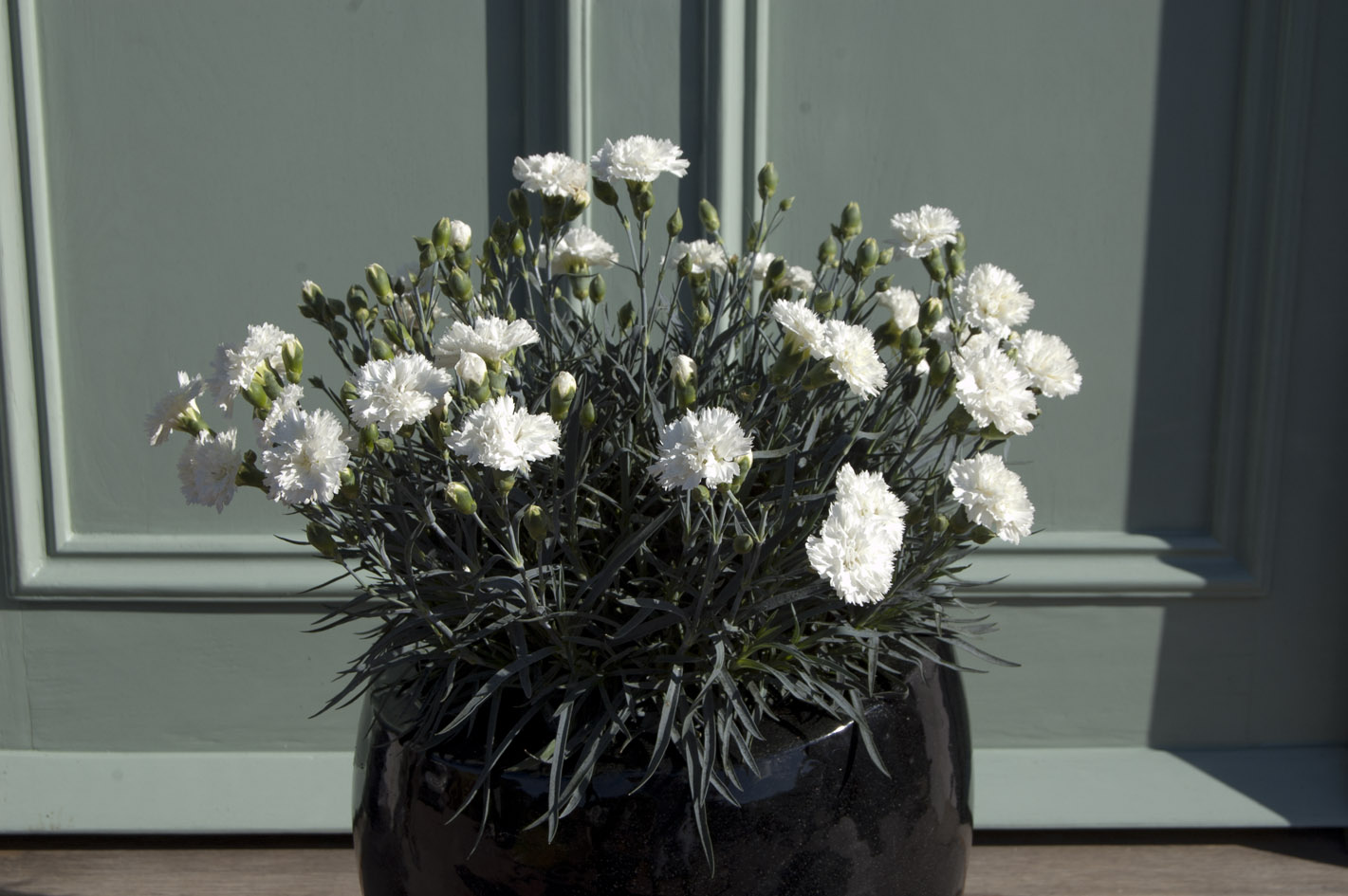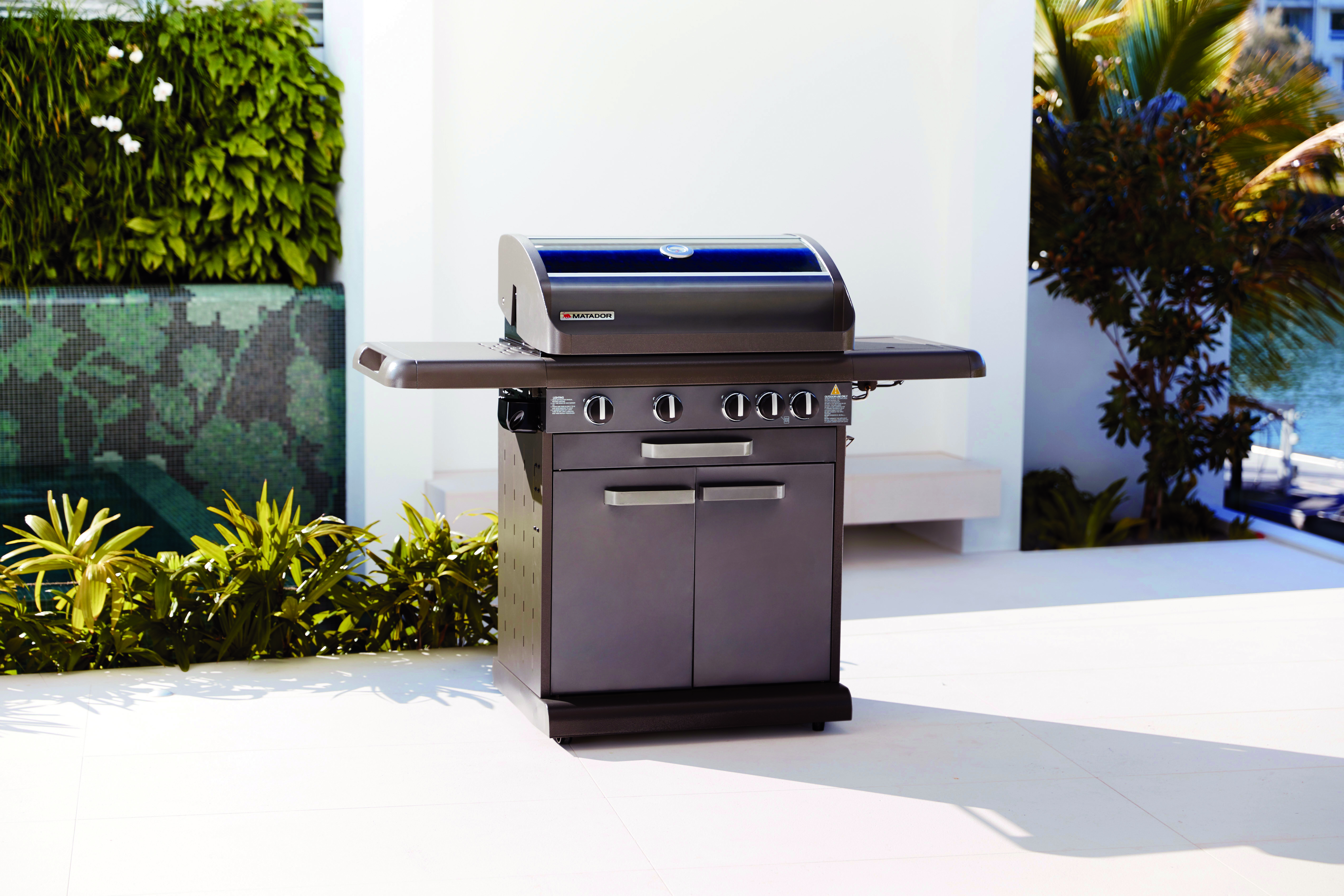As the warmer seasons approach, there’s no better place to be than in the garden. Judy Horton, garden adviser for Yates, has some tips to help you get your garden ready for spring.
Judy Horton
It’s amazing how even non-gardeners seem to feel a stirring in their gardening bones as spring approaches. Some sort of primeval urge, sparked by the burst of new growth and the lengthening days, sends us all out into the garden.
For many, getting the lawn looking good is their first priority. Never forget that a lawn is made up of thousands of living plants that need some basic care. Lawns can be remarkably forgiving, but will deteriorate over time if they’re neglected. Apply a lawn weed killer in early spring to eliminate any broad leafed weeds that may have invaded during the cold weather. Follow up in mid to late spring by feeding the lawn with a good lawn fertiliser.
Spring is the season for maximum flowers. If you were organised enough to plant pansies, violas, sweet peas, poppies and bulbs early in the year, you’ll now be reaping your well deserved reward. But, if you’re running late, you can always cheat by buying plants in full bloom and popping them into strategic spots.
New flowering plants are being released all the time. My favourite for this year is ‘Memories’ dianthus, a long-blooming mini carnation with attractive, grey-green leaves and perfumed white flowers. As well as being a great garden performer, this plant raises funds for Alzheimer’s Australia dementia research program.
Tulbaghias – clumping plants that produce mauve or white clusters of small blooms in spring – make great borders along paths or driveways. If you cut back tulbaghia clumps after flowering, you should be successful in promoting another round of blooms. But don’t be in too much of a hurry to prune spring bulbs such as jonquils and bluebells. These should be left to die down naturally and only tidied up when the leaves have browned.
The stars of the spring flower garden are the roses and, by late October, most are looking fantastic. Keep roses in good health by cutting back regularly, watering at the base of the plant (to keep the leaves as dry as possible) and feeding after the first flower flush. Watch for aphids on new growth and the beginnings of fungal diseases. If problems start, there are plenty of ready-mixed rose sprays available.
Natives like grevilleas and bottle brush can be pruned after major flowering spurts before feeding with a specific native plant fertiliser.
Other tips for the spring garden:
-
Divide crowded orchids and re-pot.
-
Fertilise fruit trees and organise some type of fruit fly control, well before the pests arrive.
-
Start a new passion fruit vine if yours is more than three years old.
-
Plant summer veggies such as tomatoes, beans, squash, capsicum, corn and chillies.
-
Mix some basil – seeds or seedlings – amongst the tomatoes. They’ll both grow better if they’re together.
-
Apply a soil wetter to pots and the root area of established plants.
-
Put a layer of organic mulch over garden beds and around existing plants, making sure that the soil is moist beforehand and that you avoid direct contact with trunks or plant bases.
-
Be inspired by visiting the second Australian Garden Show Sydney that will be held in Centennial Park from September 4 to 7.












